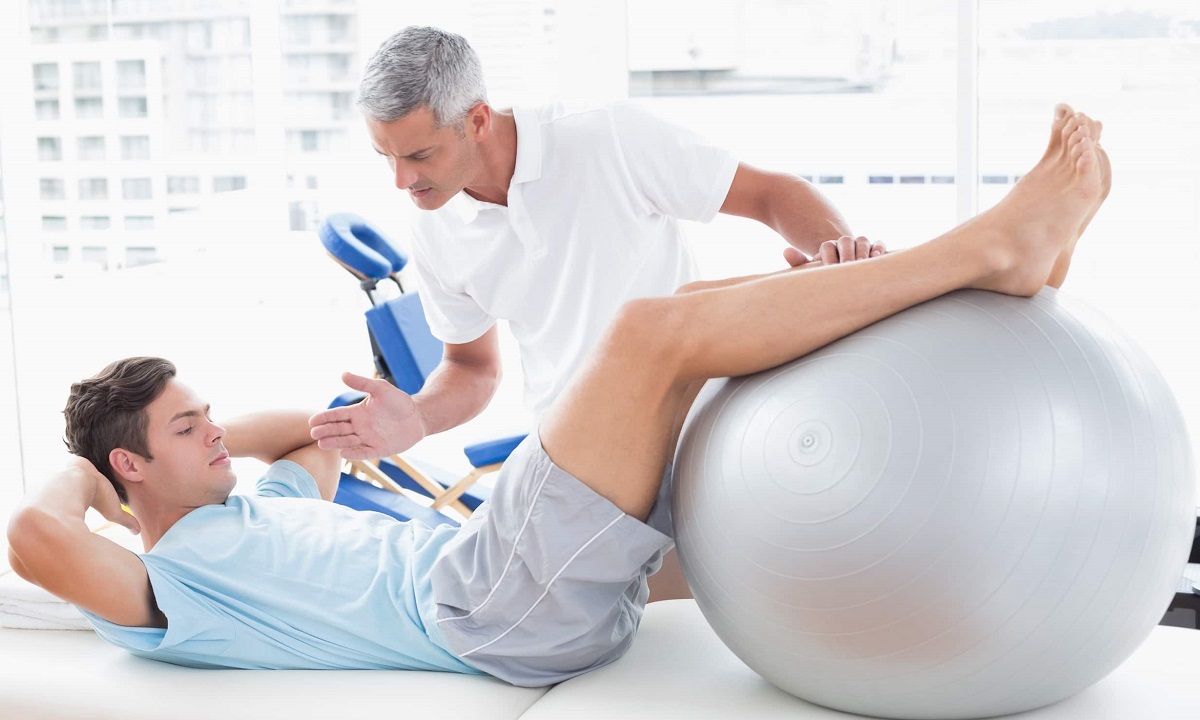-
 Live Pain-Free,
Live Pain-Free,
Thrive in Life! -
 Live Pain-free
Live Pain-free
Thrive in Life! -
 Live Pain-Free,
Live Pain-Free,
Thrive in Life!
HOW WE DO IT
Outstanding Medical Care

Advanced Pain Management & Performance Enhancement

Evidence-Based Treatment

Advanced Facilities
Who We Are
Largest Chain of Physio Centers
Spectrum Physiotherapy Centre, a pioneering force in Bangalore, India for the past 18 years, offers a comprehensive array of physiotherapy and rehabilitation services across multiple centers in the city. Our mission is to deliver evidence-based, patient-centric Western healthcare model physiotherapy. Our state-of-the-art facilities boast advanced concepts, exercises, and electrical modalities. Our team comprises over 35 highly qualified and experienced physiotherapists, each specializing in various aspects of physiotherapy. Founded by Dr.DhanajeyanJayavel, a respected figure in the field, our center has earned accolades and recognition for our commitment to excellence.
Years of Experience
0
Locations in Bengaluru
0 +
More than 50+ Specialist
0 +
Session
0 L+
HOW WE DO IT
Our Services

Outpatient Physiotherapy
Spectrum physio centre provides physiotherapy treatment on outpatient

Homecare Physiotherapy
Highly qualified, experienced and dedicated physiotherapist also provide

Ergo Physio
Ergonomic class for employees, on site ergonomic assessment

Corporate Wellness
Spectrum Physio offers tailored corporate wellness programs to boost employee health, reduce stress, and enhance productivity.

Cyclist Physiotherapy
Cycling is a fast-growing professional and recreational sport in Bangalore.

Runners Physiotherapy
Running is a fast-growing professional and recreational sport in Bangalore
Our Locations
- Langford Gardens
- Indiranagar
- Murugeshpalya
- Jeevanbhimanagar
- Whitefield
- Kaggadasapura
- Electronic City phase 1
- Hosa Road
- ETA Garden Apartment
- KR puram

testimonials
Our Successful Client Stories
testimonials

Read More
Lorem ipsum dolor sit amet, consectetur adipiscing elit. Ut elit tellus, luctus nec ullamcorper mattis, pulvinar dapibus leo.
Ever suffered from Migraines.. you will know how debilitating this is and the impact on your daily life. Having done the rounds of Drs & MRIs I was finally diagnosed with severe Cervical Spondylitis which was creating the issue. At Spectrum.. not only did Dr. Ankit listen very patiently to a my issues.. he asked the relevant questions which were skipped by top notch Drs. Only then did he start a treatment regime which brought me significant relief after months of suffering. We're now onto a more holistic approach...dealing with other issues I have but the level of commitment & care in the interest of my well being is what I appreciate the most. For all you Migraine patients out there..this is a line of treatment that you should definitely consider.

I availed treatment at the Whitefield centre for rotator cuff Tendinitis & I must admit I am very happy with the way I was treated by the Dr. After 12 sessions of careful treatment, am now pain free. The centre is maintained very well and the staff very courteous & approachable. Their everyday follow up on pain levels & feeling after the previous day's treatment to ensure i was progressing in the right direction meant a lot. They manage their appointments well & never did i get delayed or was made to wait unnecessarily. Highly recommend this place.

Very Good overall service, worth every penny. I took the sessions for my ACL tear surgery. Within a month I started doing most of the activities (walking, jogging (slowly). Recovery depends on person to person but if you give your best then the physiotherapist will be able to give you the best result possible. Dr. was phenomenal. He was very helpful & polite. Overall pretty nice experience. Thank you so much

